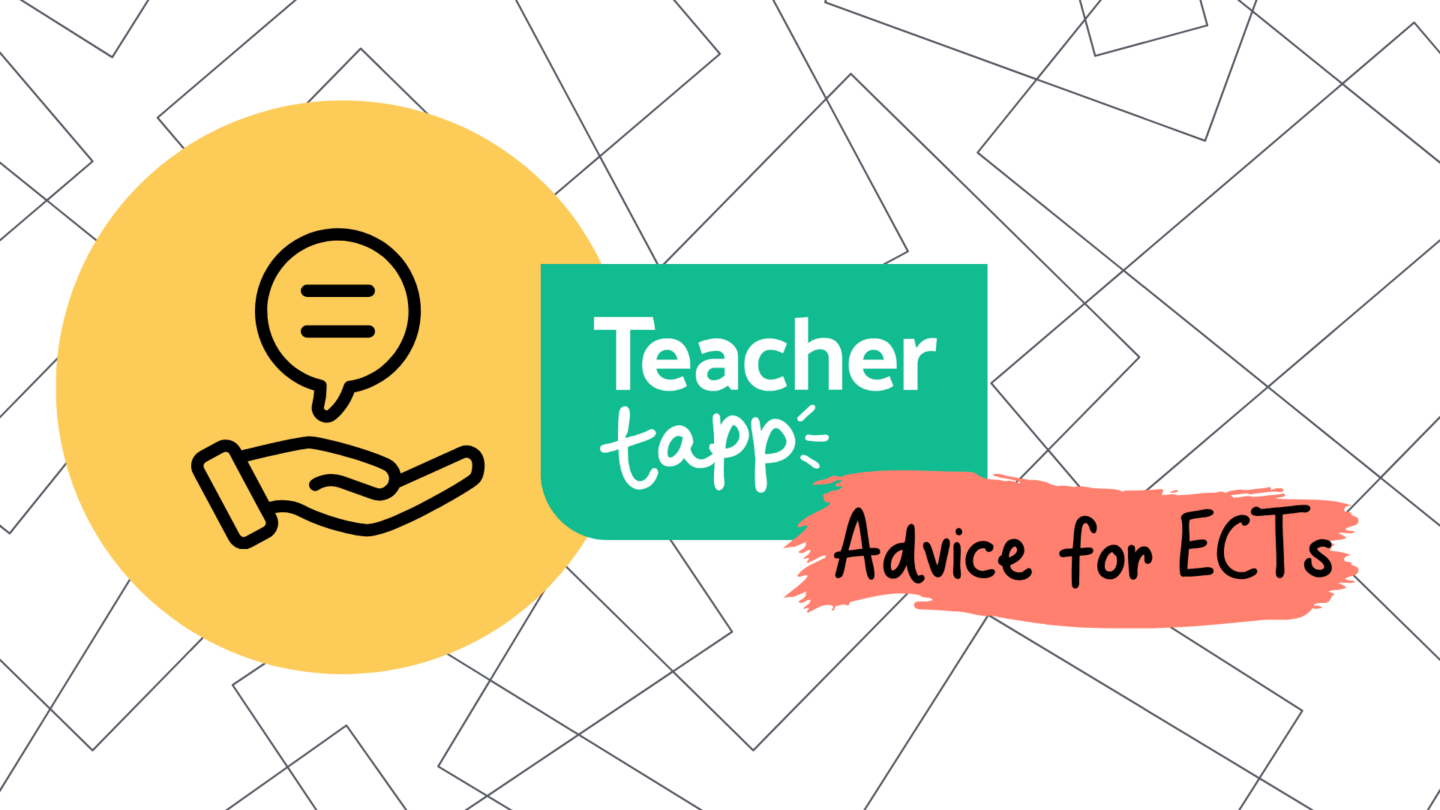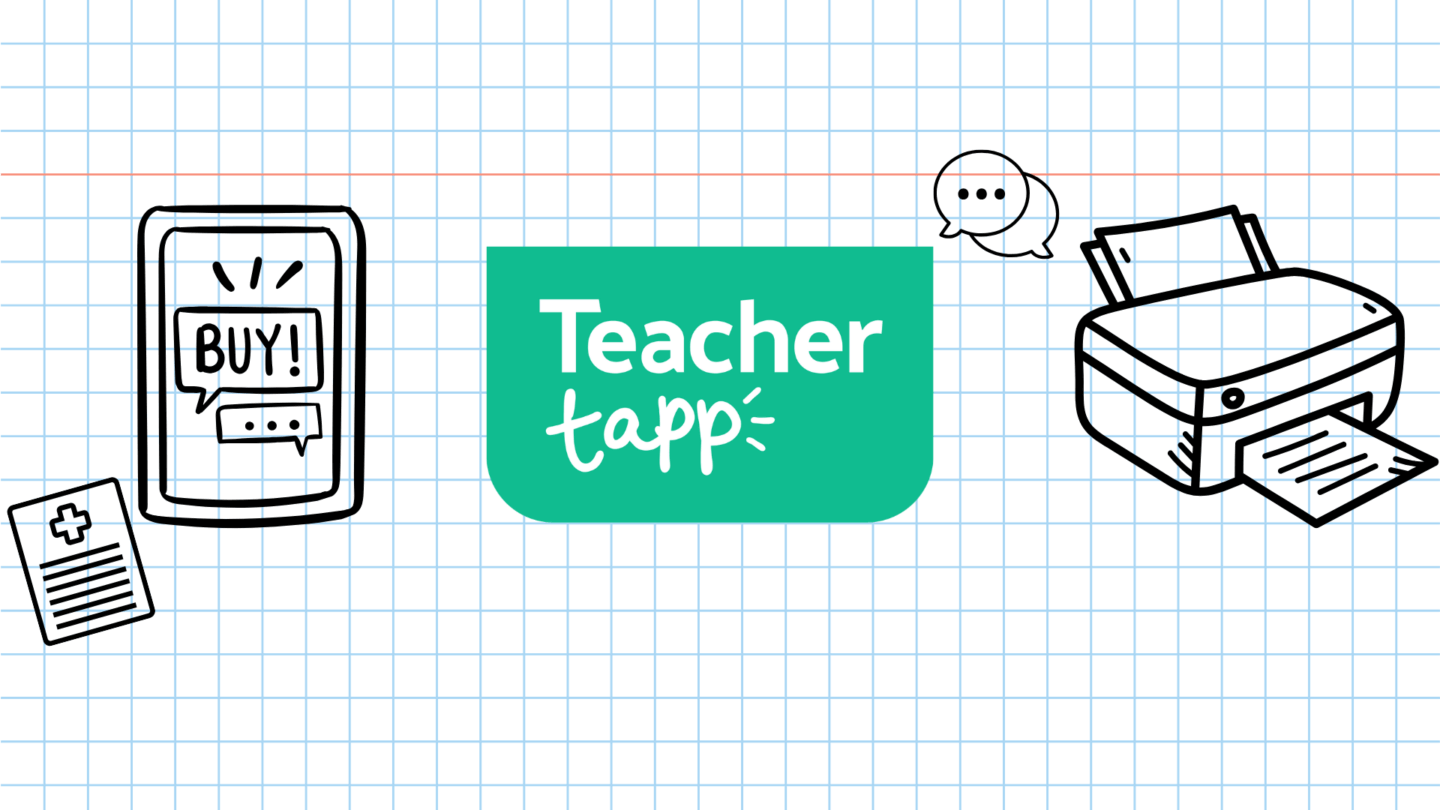I found the results of a recent Teacher Tapp poll quite surprising. When asked about the availability of mini whiteboards, MFL and Science were the subjects with the easiest access to this resource (61.5% and 64.1% respectively). However, at the time of polling, only 47.8% of Science teachers and 61.9% of MFL teachers had made use of their mini whiteboards in the previous week.
Why should teachers use mini-whiteboards?
This is a shame as I find mini whiteboards to be one of the most effective teaching tools for formative assessment. I recently started a new role at a new school and initially didn’t have access to mini whiteboards. This left me at a bit of a loss. I was so used to using mini whiteboards as a tool in my teaching that I felt unable to get immediate formative feedback from students about my teaching. Checking for understanding felt even more important than usual as I was new to the school and wanted to make sure I was getting to know my students.
After three weeks, I was reunited with mini whiteboards and resumed business as usual. But this period away from them helped me articulate why I find them such a useful tool. Mini-whiteboards are a medium I can use for quickly checking and assessing pupil understanding of things I’ve taught them. This allows me to quickly identify and address any errors or misconceptions. But I also find mini-whiteboards useful as an erasable workspace students can use to practice their own learning.
How do I use mini-whiteboards in my teaching?
As an MFL teacher, I find mini-whiteboards really useful for practicing grammar. For example, I might ask my classes to conjugate some verbs into a particular tense. I’ll give the students 30 seconds to do this on their mini-whiteboards, with a countdown timer in the background. Once time’s up, pupils turn the boards towards me and I can quickly assess for correctness. I can then focus on giving individual feedback to mistaken students. The same technique can be used for sentence translations. The focus there, once again, is on being able to use student responses to offer additional support where its most needed.
Using mini-whiteboards does require some behaviour management considerations. Having come from a single sex girls’ school to a mixed scool with largely boys in some groups, I was presented with some questionable doodles instead of answers on our first usage! Some timely intervention put a stop to this – but teachers should be mindful nonetheless!
Summary
I hope I’ve offered some reasons why mini-whiteboards are an effective tool in the classroom. They allow for quick formative assessment of a whole class, while helping arget additional support effectively. I would encourage the 44.8% of Teacher Tapp respondents who don’t use them to give them a go!





